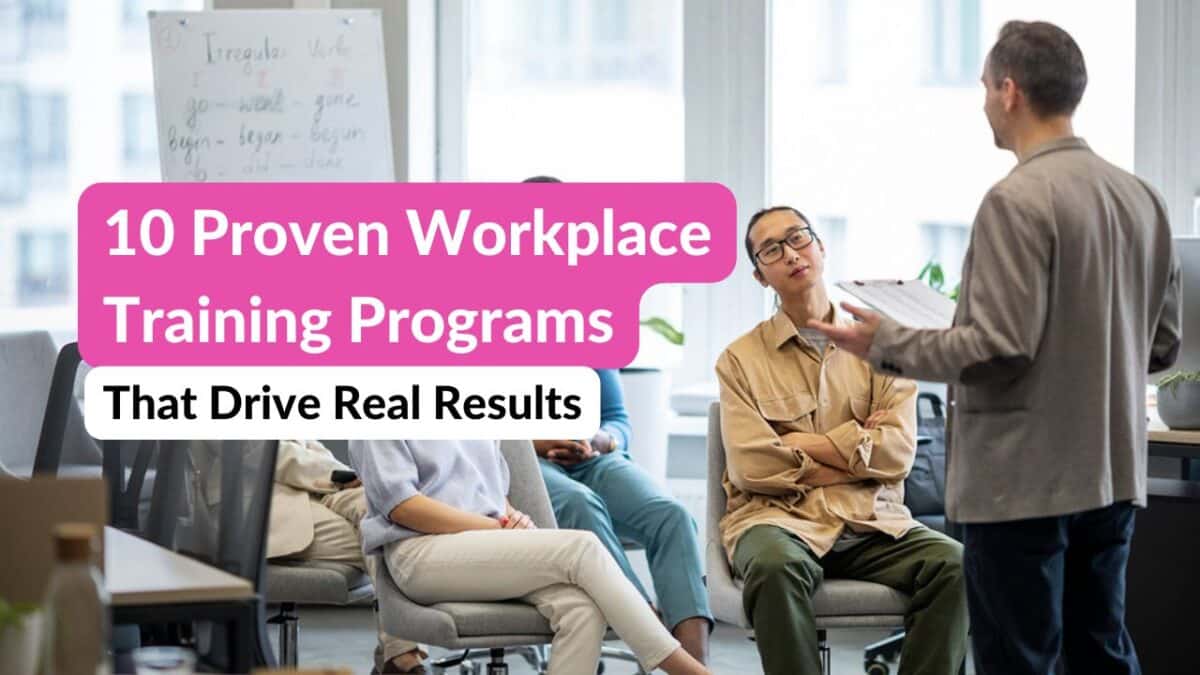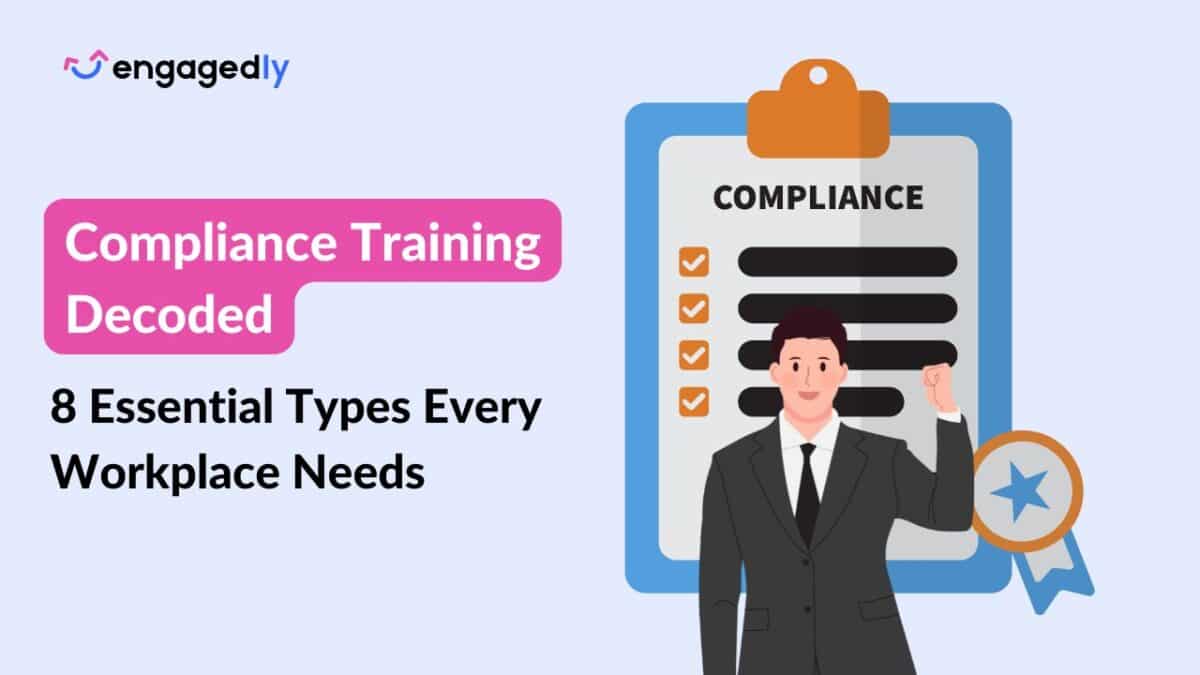Does your organization have a professional mentoring program? If it doesn’t, it’s time to consider instituting one.
Workplace mentoring programs are important because they address certain needs in organizations such as:
- Leadership and management development
- Effective onboarding of new hires
- Knowledge transfer when employees leave, retire or take a leave of absence
- Improve retention and reduce turnover
- Improve customer service (if the organization is one that sells a product)
In addition to these benefits, workplace mentoring programs, when done well, play a big role in improving levels of employee engagement. How do they drive employee engagement?
For one, they create career and growth development opportunities for employees. A lack of development opportunities is one of the main reasons why employees tend to disengage from organizations or even leave for greener pastures.
For another, through the use of effective onboarding practices, organizations can better integrate new employees into the organizational fold, make them more aware of how their own job contributes to overall organizational success, and of course, make them feel a part of the organization more quickly.
Another tangential reason as to why mentoring programs can help improve employee engagement is that not only do they help new employees get used to an organization’s workflow, but they might also revitalize an older employee’s interest in their job and allow them to share valuable knowledge, tool and tips that can be used by younger employees. In this way, someone who was previously on the cusp of disengagement or feeling burnt out might find themselves filled with a new and revitalized interest in their job.
What should the mentoring program accomplish?
Before you institute a mentoring program, it is important to consider what you want the program to accomplish. Is the program going to deal with career development alone? Or is the program going to focus on leadership skills alone?
If you decide what the mentoring program is going to accomplish, it will be easier to develop and design one.
What are some of the key features of a good mentoring program that will ensure that mentors and mentees will keep coming back?
Seek the buy-in of senior leaders
Professional mentoring programs are never going to take off or be more than a pipe dream if they don’t have the approval of senior leaders. One way you can accomplish this is by ensuring that the mentoring program aligns with the organization’s long-term goals. You can also share with them the rewards that can be reaped from a mentoring program, such as improved retention rates,
Participation should be voluntary
Participation in a mentoring program should not be forced on everyone in an organization. Some employees might be eager for guidance or are ready to share the knowledge they have accumulated through years of experience. But this does not go for everyone. Not everyone is comfortable with being mentored or wanting to mentor someone. Voluntary participation in mentoring programs ensures that only individuals who are interested in the program will sign up.
Set guidelines for a good mentoring relationship
Setting guidelines for what is acceptable in a mentoring relationship and what is not eases the burden on both the mentor and mentee and gives them a blueprint to adhere to. This is especially useful for employees who are participating in a mentoring program for the first time and are unsure of how to navigate this new working relationship.
It’s not only about the top down
Traditional mentoring programs usually work from a top-down approach. It makes sense for senior employees to mentor junior ones. But it does not always have to be that way. Make a point to include cross-mentoring. Just as junior employees can learn something from senior employees, it is possible for things to happen the other way around as well. It is even possible for peers to mentor peers. It is important for both the mentor and the mentee to get something out of the relationship. Though it may seem like it, mentoring is not always a one-way street. It’s a two-way channel of communication that blossoms when both the individuals involved in it work together to establish a meaningful relationship.
Workplace mentoring programs need a Director
While it is possible for an HR manager to oversee a mentoring program and look after their day-to-day duties, in reality, it is better to have someone specifically oversee the mentoring program. Once a mentoring program gets off the ground or adds more members, it will be easier to have an executive who solely functions with the mentoring program and deals with matching up volunteers, dealing with issues that might crop up, promoting the mentoring program, etc.
Evaluate and finetune
A good mentoring program will always collect data from volunteers, study that data and evaluate and finetune its process as time passes. When a mentoring program is on its first legs, the approach that drives it will vastly differ from a mentoring program that has been around for a while. And surely, as you continue to evaluate what works in a mentoring program and what doesn’t, the mentoring program will only get better and become a valuable addition to the organization.
Gabby Davis
Gabby Davis is the Lead Trainer for the US Division of the Customer Experience Team. She develops and implements processes and collaterals related to the client onboarding experience and guides clients across all tiers through the initial implementation of Engagedly as well as Mentoring Complete. She is passionate about delivering stellar client experiences and ensuring high adoption rates of the Engagedly product through engaging and impactful training and onboarding.






